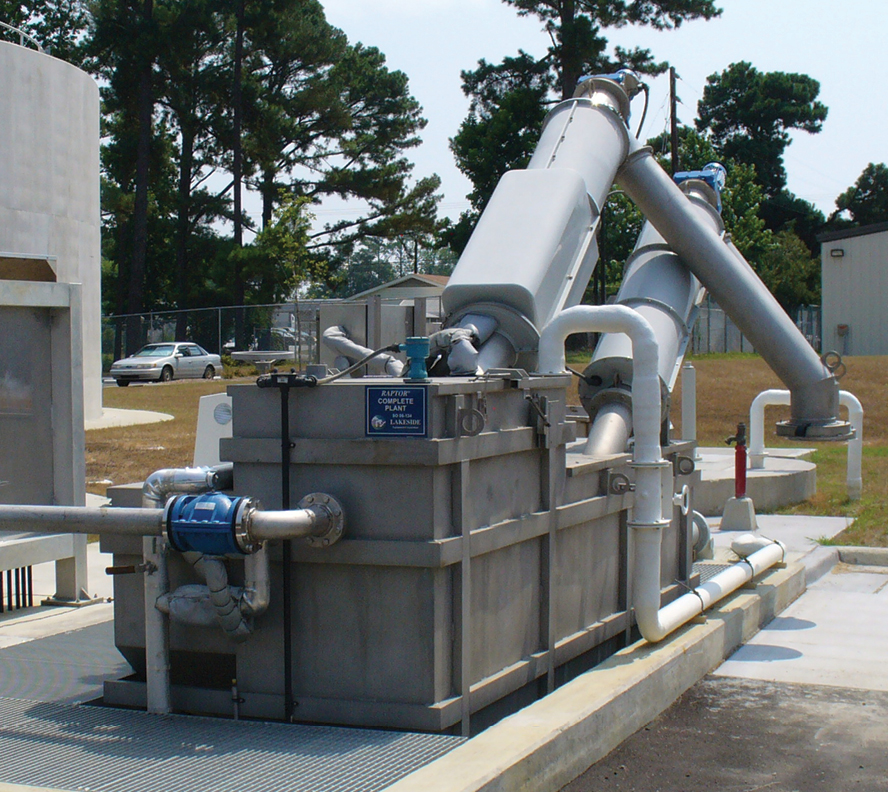Hauled waste, according to the Environmental Protection Agency (EPA), is waste that is comprised of sewage, domestic waste, non-domestic waste, or a combination of both types of waste. Some types of waste are toilet waste and domestic septage, ground water, sand or grease traps, restaurant grease, wastewater from drilling processes, and pass through from landfills. Hauled waste is generally transported by a hauler system which is discharged to a public facility, often known as a Publicly Owned Treatment Works.
Depending on where you live, your home is likely connected to either the city’s sanitary sewer collection system, or you may have an in-home septic system. A septic system is a highly efficient, self-contained, underground wastewater treatment system. The tank is a water-tight box that is connected to a pipe which connects to the public sewer system. Within the tank, solids are separated from wastewater, and the wastewater is what flows into the pipe that is connected to a drainfield of pipes that flow to the public system.
On the receiving end, the waste is received by a hauled waste system. This system works by removing debris and inorganic solids from all of the forms of waste, such as the domestic waste, restaurant grease, residual landfill solids, and other waste. A machine, which is the primary component of the hauled waste system is a piece of equipment that handles the waste with its screens which filter the waste. Some of the machines have cylinders with rotating screens, and various other mechanical functions that work to ensure that grease, grit and small debris don’t plug everything up. In some cases, a separate, additional grease trap might be connected to the main machine for added support. As a part of the process, the waste that is screened is essentially compacted, dewatered and reduced to a cleaner solid.
One problem that often occurs with hauled waste systems is that the waste is more concentrated and therefore is not equally distributed; this can cause several septage and maintenance problems. With a higher concentration, the screening process becomes more tedious, which reduces overall efficiency and has the likelihood to slow down operations. For these reasons, it is necessary to have a hauled waste system that is able to control for large amounts of waste for maximum functioning. Having a fully automated machine that has the capability to screen and filter large amounts of waste without being overburdened allows the waste to be unloaded more rapidly. The waste gets unloaded into a septic acceptance plant or waste hauler.
During the process of hauled waste removal there is a potential for contamination. Contamination may occur due to hazardous waste materials that Publicly Owned Treatment Works come into contact with, and this is certainly something to consider. To avoid contamination, maintenance or facility issues and any other adverse effects, a system that is designed to handle heavy solid loads and high grease concentrations, for example, is required. This can be obtained by using a high quality water treatment system. Of course, following the appropriate safety guidelines are compulsory.
The Environmental Protection Agency suggests these specific controls regarding the discharge of waste.
- applying limits to non-domestic hauled waste,
- issuing permits to waste haulers,
- implementing tracking systems,
- sampling loads, and
- refusing all hauled waste.
As mentioned before, a high quality water treatment system is necessary. Not only does it take into account the above suggestions, but also offers these components and advantages:
- Compact design with screening and grit removal in one unit
- Security control station allows access for authorized haulers
- All stainless steel construction resists corrosion
- Available for indoor or outdoor environments
- Multiple sized units to suit your application
- Unload up to two (2) waste haulers at the same time
At Lakeside Equipment Corporation, we have considered how to manage a maximum efficiency water treatment system. We are proud not only of the individual components of our hauled waste systems, but of the full service we provide with it. Lakeside Equipment Corporation has customer specific designs to meet your unique needs, the latest in CAD-based engineering designs, experienced field service engineers to help with on-site installations, locally authorized service personnel to contact on a daily basis, and parts and inventory ready to ship when you need it. We also offer an option for dual inlets to allow two haulers to unload at the same time. Keep in mind that a pre-engineered design reduces engineering costs. Our integrated designs allow haulers to unload faster than any haulers on the market — again, creating maximum efficiency. Contact us today so we can assist with your waste removal needs!








